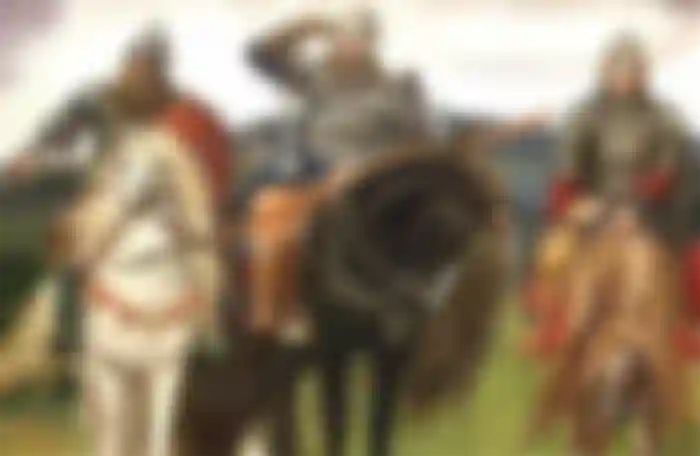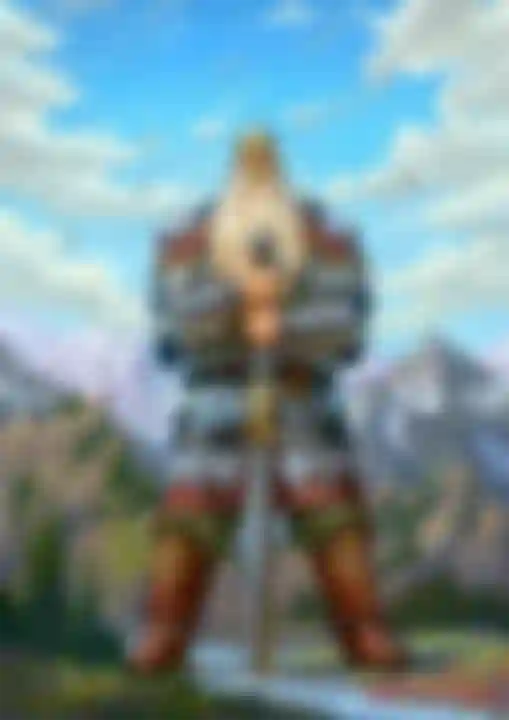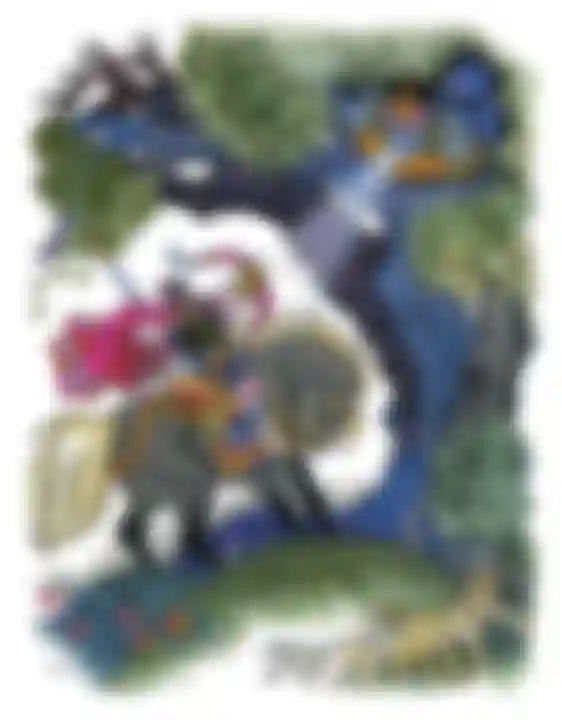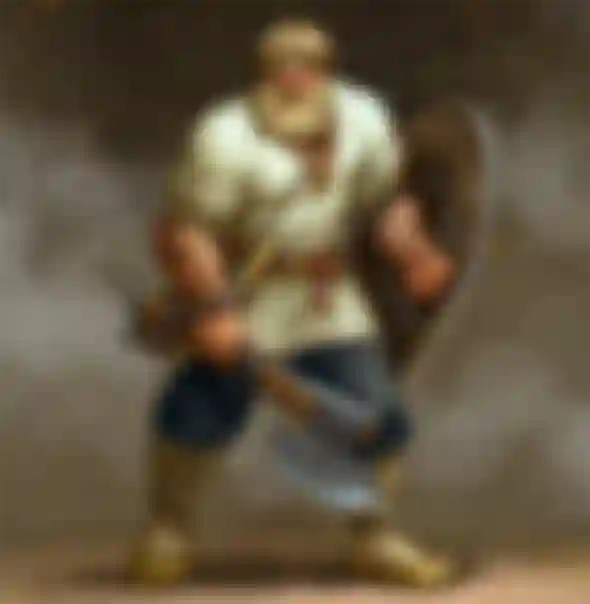Russian epics are real historical events that people have retold in their own way from generation to generation. Аs a result, the stories were overgrown with a lot of myths and people's speculation. Usually, bogatyrs and villains are real-life personalities. Their life and occupation were taken as the basis of the character. The bogatyrs were considered real "superheroes" who defended our land from enemies and evil spirits.
Bogatyrs of epics.
Russian bogatyrs are conditionally divided into younger and older. The elders are ancient bogatyrs who existed in pre-Christian times. Sometimes they were represented as magical creatures endowed with supernatural abilities, for example, werewolves. The legends were transmitted orally, and the majority of historians consider them myths.
The younger heroes are a human form. The heroes were characterized by the presence of great strength. Almost all of them lived during the reign of Vladimir (from 980 to 1015). In the old chronicles, there is at of information that indicates that the events that have acquired the status of ancient legends really happened in reality.
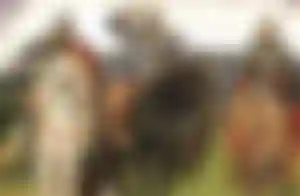
Svyatogor. Bogatyr-Mountain.
The bogatyr of the epics was famous for his huge growth. The elder bogatyr is as tall as a mountain, which even Mother Earth cannot hold. Therefore, he is forced to be in constant inactivity. The epics tell about his meeting with the earth and his death in a magical grave.
Svyatogor reflects the features of the biblical hero Samson. It is almost impossible to determine the origin of the bogatyr. In ancient legends, an ancient warrior transmits his power to Ilya Muromets.
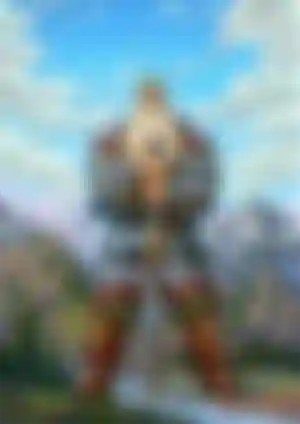
Mikula Selyaninovich. Bogatyr-Plow.
Mention of him is found in two narratives, about Svyatogor and Volga Svyatoslavich. Mikula was famous throughout Russia not for strength, but for endurance. He is the first bogatyr of the peasants, representing the folk profession of a plowman.
His mighty strength is just right to compare with the power of Svyatogor. Such a comparison indicates that the image of Mikula was formed under the influence of myths about magical creatures that personify the earth. However, the peasant himself was not associated with the elements. It represented the idea of a settled life of a farmer, in which he puts a lot of effort.
Ilya Muromets. Holy bogatyr.
The first bogatyr canonized by the Orthodox Church. The main patron and defender of Russia. It has the features of a real historical person. However, his exploits and campaigns are still attributed to mythical legends.
Ilyusha has been sitting on the stove for thirty years, but then he receives the heroic power from Svyatogor and performs the first work. After that, Muromets goes to Kiev, picks up a Robber Nightingale on the way and frees Chernihiv from the hordes of Tatars.
Not all of Ilya's adventures are equally reflected in the literature. A huge amount of research has been devoted to some campaigns, while others are still shrouded in mystery. Moreover, the bogatyr was famous not only for his heroic, but also for his moral strength. He was distinguished by calmness, simplicity, modesty, complacency.
Over time, the description of the bogatyr showed a tilt in the religious direction. As a result, he becomes a saint. After a brilliant career as a warrior and receiving a serious injury, Muromets decides to spend the rest of his life in a monastery and takes vows.

Dobrynya Nikitich. Bogatyr-Lion Heart
He is compared with the chronicle Dobrynya, who was the uncle of Prince Vladimir. The name in translation means "heroic soft-heartedness". He had great strength, but at the same time he did not offend anyone and was always on the side of the weak. Nikitich was considered an artist, he sang well and played the harp well.
Dobrynya belongs to high society, a kind of prince-vigilante. The bogatyr is well-off, has received a good education, is an excellent shot and fights. It is characterized by refined manners and competent speech.
Alyosha Popovich. Junior
Do you remember who are the most popular epic bogatyrs of Ancient Russia? That's right, Dobrynya Nikitich, Ilya Muromets and Alyosha. The youngest of the brave warriors is far from the image of "superman". He was characterized by such qualities as selfishness, cunning and greed.
In other words, on the one hand, he is a brave warrior, but on the other – a proud and arrogant young man. In battles, he is bold and cunning. However, by the further development of the epic, Alyosha turns into a female mockingbird and an unsuccessful philanderer.
It is difficult to understand how the bogatyr has undergone such changes in the eyes of the people. Most likely, this is due to excessive boastfulness and arrogance.
Mikhail Potyk. A loyal husband
He leads a relentless struggle with the evil serpent, which according to biblical legends is the original enemy of humanity. It was he who assumed the guise of the tempter and started a feud between husband and wife, seducing the latter and thereby leading people into temptation.
According to one of the legends, Mikhail and his wife Avdotya made a vow that whichever of them died first, the second one would be buried alive next to him. When the wife dies, the Potyk is covered with earth.
At the same time, he remains on horseback and in full military uniform. He is waiting for a tough fight with the dragon. Having won, the hero revives Avdotya with the help of his blood. When Mikhail died, his wife was buried nearby.
Churila Plenkovich. A visiting bogatyr.
In addition to the old and young bogatyrs of epics, there are so-called visiting daredevils. In the nicknames of the warriors there is a clear indication of what area they come from. In the old days, the Crimea was called Surozh or Sugdaya, so the heroes who came from there were called Surovets or Suzdal.
The bogatyr symbolized youth, wealth and audacity. Fame was far ahead of him. Churilo played his acquaintance with Prince Vladimir as follows. He brought fear to the nobility, interested the ruler with his arrogance, for which he received an invitation to the estate. As a result, Plenkovich agreed to serve the prince.
However, the young bogatyr became a victim of his audacity. He fell passionately in love with the wife of the old boyar. When the man returned home and found a piquant picture, he simply cut off the guy's head. The girl threw herself on the pitchfork with her chest.
Sadko. Novgorod bogatyr.
One of the most popular bogatyrs of Russian epics. It is believed that he had a real prototype – a generous merchant from Nizhny Novgorod Sotko Sytinich. The rich man did a lot for his native city. For example, the temple of Boris and Gleb was built at his expense. However, this is only one of the many versions of the" origin " of the bogatyr.
Unlike his brothers, Sadko did not perform great feats, did not protect Russia from enemies. He gained fame as a man of trade. Similarly, epics for the first time praised merchants.
The character of the bogatyr deserves special attention: he was generous, easily parted with property, was distinguished by honesty and amazing musical abilities. However, he also had negative traits: gambling and bragging.
Volga Svyatoslavich. Bogatyr the Magician.
Researchers are sure that the prototype of the bogatyr is Prince Vsevolod Polotsky. Some draw parallels between the Prophetic Oleg and Volga. His famous trip to India is compared to Oleg's journey to Tsargrad.
Volga was considered a difficult warrior, he was a werewolf and understood the language of birds and animals well.
Nikita Kozhemyaka. Zmeeborets.
In Russian fairy tales, before entering into a fight with a snake, the bogatyr tears twelve skins with his hands, proving his indestructible power. Kozhemyak not only manages to defeat the Snake, he harnesses it to a plow and plows the whole earth from Kiev to the Black Sea.
Because of Nikita's exploits, the defensive redoubts near Kiev were called Zmievy.
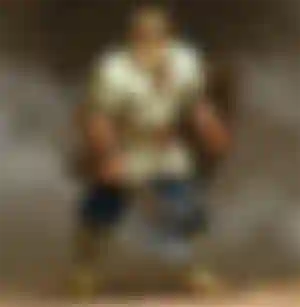
Danube Ivanovich. The Tragic bogatyr.
According to ancient legends, it is from the blood of the glorious bogatyr that the great Danube River begins. A man loses to his wife Nastasya in an archery competition. In an attempt to recoup the bogatyr gets an arrow in his wife.
Then he accidentally finds out that Nastasya was expecting a child and stumbles upon a saber.
Vasily Buslaev. A zealous bogatyr.
The most daring character of the epics. He had an unbridled temper, so he often became the instigator of fights with Novgorod peasants. He was tirelessly brawling, betting that he was able to defeat all the guys in Novgorod. And he still almost managed to fulfill the threat. Fortunately, my mother stopped me in time.
In another legend, he is represented as a mature bogatyr who goes to Jerusalem to atone for numerous sins. But it is impossible to correct the violent Buslaev. He takes up the old things again and stupidly dies, proving his strength.
Bova Korolevich. Lubochny bogatyr.
For a long time, he remained one of the most popular bogatyrs. From the eighteenth to the twentieth century, hundreds of popular fairy tales about the brave man were published. The famous story of A. S. Pushkin "About Tsar Saltan" is partly based on the plots of stories about Bova Korolevich. The prototype of the bogatyr was a knight from France, Beauvau de Anton.
Antiheroes of epics.
In Russian legends, in addition to positive characters, there were also villains. And where to go without them! Who would the glorious wars have fought with then? All the Russian bogatyrs had in their "piggy bank" the main negative hero, with whom it is pleasant to once again come together in a fight and win the upper hand.
The Robber Nightingale (anti-hero)
The main opponent of Ilya Muromets. Unlike his fellow villains in the villainous camp, he had a small stature and could not eat a huge amount of bread in one sitting. His strength lay in a killing and loud whistle that knocks down a simple person and is able to cope even with a brave bogatyr.
There are different descriptions of the Robber Nightingale. In some sources, he is represented as a snake sitting in a nest on twelve oaks. Others claim that he was a simple man with a strength comparable to the power of the Murom man himself.
The data on the famous whistle also differ. A number of researchers suggest that this is a wind that knocks you down. The rest are sure that since the Nightingale is a Tatar, it means that his "trill" is comparable to the whistle of the invading troops.
The main purpose of the antihero is to demonstrate the power of the Russian people in the person of a bogatyr. After all, in the end, Muromets defeated him and took him to the tsar.
Serpent Gorynych (dragon snake)
It breathes fire and has three heads. According to legend, he lives near the kingdom of the dead, guarding its entrance. In some legends, the Snake changes its location and moves to a dense thicket or mountains. It has a peculiar appearance. It is able to move through the air and the ground. It has a long body covered with scales, clawed paws and a powerful tail.
A unique feature of the Snake is the regeneration of severed heads. In the bloodiest battle, he is able to prevail over the enemy, because a new one appears in place of the demolished "skull".
Another" talent " of Gorynych is the ability to imitate the sounds of different animals and the ability to reproduce human voices.
You can cope with the villain only if you destroy three heads at the same time. At the same time, they should not separate from the trunk. If a limb is completely cut off, it will grow back.
The Snake also has vulnerabilities. These are his defenseless cubs and a painful point located behind his head. Here the scales are soft and easy to break through.
Filthy Idol (villain)
In Russian epics, there are many insidious characters (Baba Yaga, Koschei, Gorynych) who try to put bogatyrs and good fellows. They are the prototypes of evil, but they do not cause negative emotions. Some even help positive characters. In other words, it is evil spirits that can be given a second chance.
Another thing is an idol. The behavior and actions of the villain cannot be justified, even if he defects to the side of good.
It is a well-known fact that for four centuries there was a Tatar-Mongol yoke in Russia. A terrible horde, sweeping away everything on its way. The invaders destroyed innocent people, plundered villages, tried to teach the Slavs to live by new rules. This is not just an enemy, but a real monster.
According to the descriptions, the Idol is dragged by twenty horses, at a time it eats a loaf the size of an oven. In other words, huge and terrible, like the yoke. According to the level of fear that he inspired on people, the Idol is compared to the Tugarin Serpent. But the second is a mythical creature, and the first is a real character. Ilya Muromets was able to defeat the monster.
The Russian bogatyr is a valiant warrior who is ready to give his life for the Motherland. Some of them are popular and well-known, others are known only to historians. No matter if it is a fictional character or a real person, brave heroes have become part of Russian culture and our heritage.
